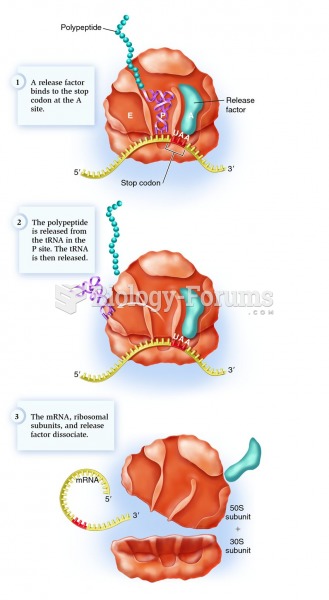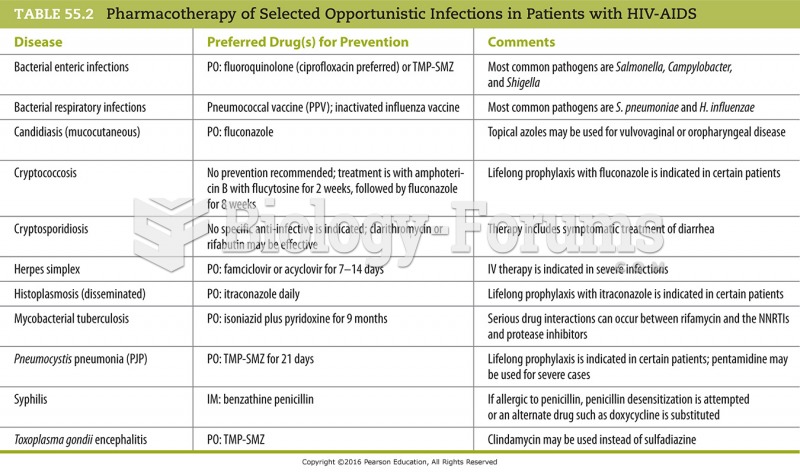Answer to Question 1
A
Answer to Question 2
The increasing fragmentation of consumer audiences has forever changed the way both media and advertisers do business. The problem is that consumers' attention is being spread across an increasing array of media and entertainment choices, including the Internet, targeted cable programming, video-on-demand, DVR, iPods/iPads, video games, movies, and mobile devices such as smartphones. Today, mass audiences are dwindling fast as consumers spend less time with traditional media such as television, magazines, and newspapers. Consumers now expect to use media whenever and wherever they want, and on any device. They are no longer wed to full-length television programming or to leisurely reading the newspaper. For advertisers, the trend is alarming because their traditional bread-and-butter demographic is fragmenting the most. For example, the number of 18- to 34-year-old men who watch primetime television has declined steadily since 2000. Those who do watch television increasingly use DVR devices to skip advertising.
These changes are forcing marketers to adapt by finding newer, more effective ways to reach their target audiences. One way marketers are countering the trend is by linking sales promotion to target markets through strategic integration into related media programming. Company sponsorship of programming or events can allow a close connection between brand and target market. For example, Bravo's Top Chef has successfully partnered with Toyota, Clorox, Food & Wine Magazine, Campbell Soup, Diet Dr Pepper, and Quaker. Sponsorship opportunities like these work better than traditional advertising, especially with respect to brand recall. Bank of America, for example, achieves an astounding 39 percent average recall when it sponsors a sporting event. Nike (21 percent), Buick (14 percent), American Express (13 percent), and FedEx (11 percent) have reported similar successes with sports sponsorships.
In addition to outright sponsorship of popular programs, marketers also make deals with television and cable networks, as well as movie studios, to place their products into actual programs and films. In-program product placements have been successful in reaching consumers as they are being entertained, rather than during the competitive commercial breaks. Reality programming in particular has been a natural fit for product placement because of the close interchange between the participants and the products (e.g. Coca Cola and American Idol; Sears and Extreme Makeover: Home Edition). Furthermore, sixteen brands were prominently featured in the hit movie, The Avengers. Acura, in particular, signed a multi-picture deal with Marvel to showcase its cars in upcoming films.
Media companies themselves have also been forced to adapt, most notably by fragmenting their content and business models to match their fragmented audiences. One way that companies have addressed the problem is by making their content available on multiple platforms. CBS, for example, first experimented with its broadcast of the 2008 NCAA Basketball Tournament by broadcasting live action on the Internet. The service, called March Madness on Demand, attracted roughly 5 million different online viewers and over 30 million in advertising revenue during the tournament. More recently, CBS switched to a paid model with March Madness Live. For 3.99, fans could watch high quality streams on their Apple and Android devices. The games were still available for free on CBSSports.com. As these and other examples illustrate, the key to meeting the demands of fragmented audiences is to disaggregate content and make it available a la carte style. Consumers prefer to access content (songs, movies, TV shows, news) when, where, and how they want it without having to purchase entire albums, programs, or networks.
Despite the challenges of reaching fragmented audiences, the trend actually has a big side benefit. The science behind traditional broadcast television ratings and audience measurement has always been uncertain. With on-demand services, advertisers are able to precisely measure audience characteristics whether the content is delivered via the Internet, cable, or wireless devices. This one-two punch of profits and precise measurement may mark the death of the traditional 30-second primetime television spot.







